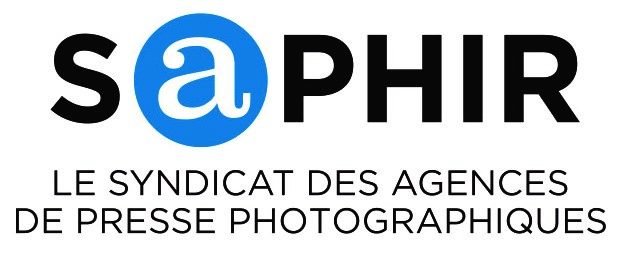The relationship between picture agencies and collecting societies is a two way relationship. They receive payments from collecting societies and pay royalties to them.
- Picture agencies receive payments from private copying levies, which they share with the photographers. This is the so-called “pay back” system in the UK.
- Collecting societies get referrals from fine arts picture libraries to clear the additional rights to reproduce the artistic work shown on a photograph.
- Collecting societies will usually charge picture libraries for the rights of reproduction and communication to the public of pictures of fine art works published on their (public) Internet website.
- Very recently, and in some countries only, collecting societies have started wanting to charge for the reproduction in the closed non-public database of picture agencies.
From a visual point of view: the Draft Directive on Collective Management
In general, our members criticize that although they contribute for a large part to the revenues sharing of collecting societies, they are deprived of any participation in the decision making. They are left defenceless against any decision taken which may affect them adversely. They protest against a lack of transparency when it comes to payments and a lack of appeal possibilities against unilateral decisions.
CEPIC therefore welcomes with great expectations a Directive which addresses the modus operandi of collecting societies in a uniform way. However, we are disappointed by a text which is not ambitious enough.
The main problem of the Draft Directive is that it is mostly focused on the music industry.
- It fails short of addressing issues in other sectors than on-line music licensing.
- Because it applies concepts well fit to the music industry to other sectors, it leads to confusion of language, which eventually may bring legal insecurity in creative sectors other than the music sector – in any case in the visual sector.
Music makes up 80% of the turnover of collecting societies. But in terms of volume of images licensed through the Internet, the picture industry is as much important as music.
To summarize our main concerns
- We welcome the provisions laid out in Titles I, II IV. The European Commission has clearly identified the issues to be dealt with.
- Nonetheless, there is room for improvement in this proposal in order to avoid legal uncertainty.
- In particular, the definitions of “repertoire” – what is protected: the present text uses “works” and “categories of work” – needs to be clarified all through the text in order to fit all sectors of creation, not only musical creations.
In view of orphan works legislation and the agreements within the Memorandum of Understanding on out of commerce books, but also in view of national initiatives, notably in the UK, to implement Extended Collective Licensing schemes …
- Art. 12 of Title II chapter 2 must be reworded in order to avoid an obvious conflict of interest and any abuses in the management of funds.
- The provisions of Title III and Art. 36 and 40 of Title IV should be extended to all on-line transactions in all sectors.
















